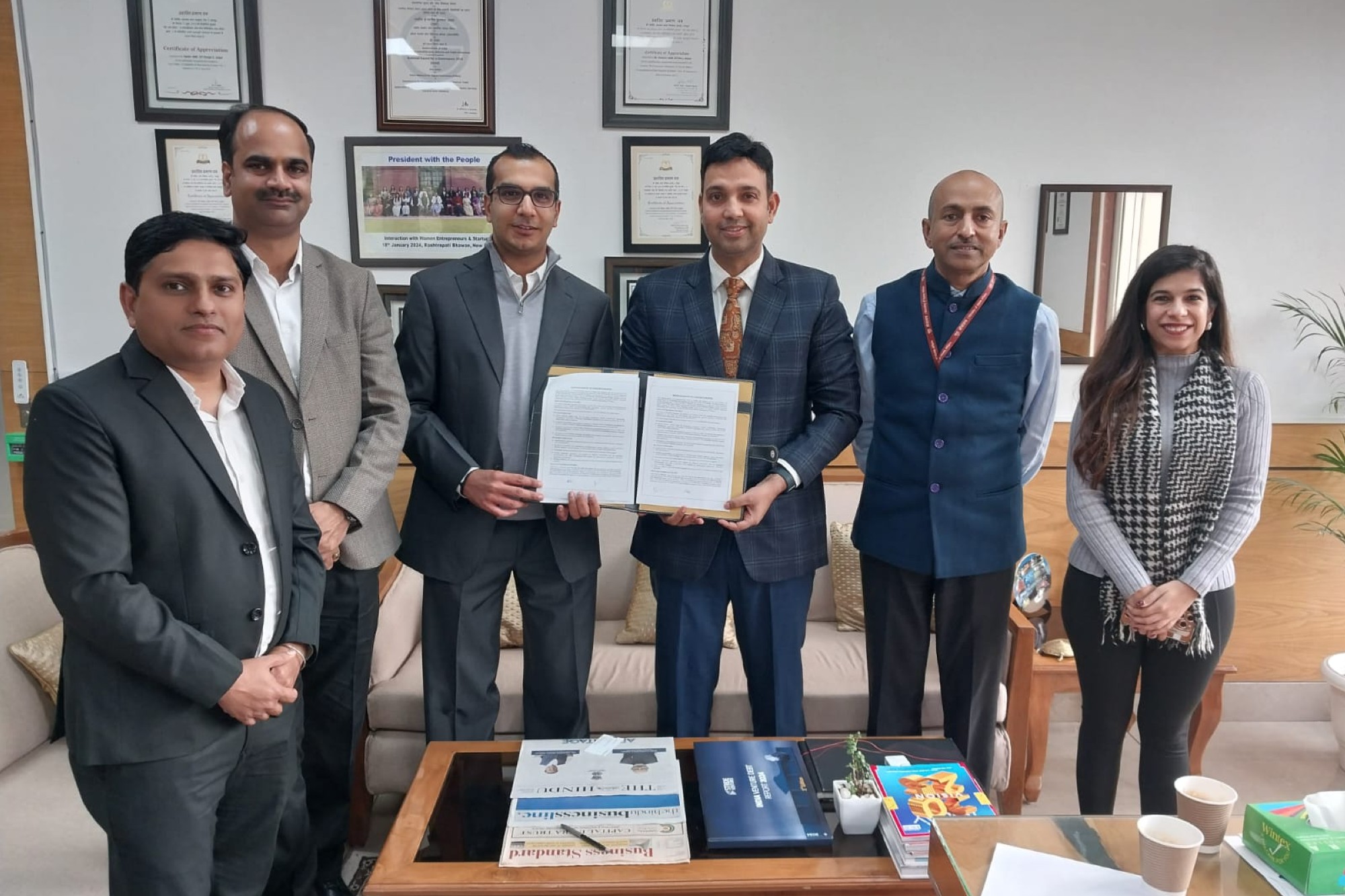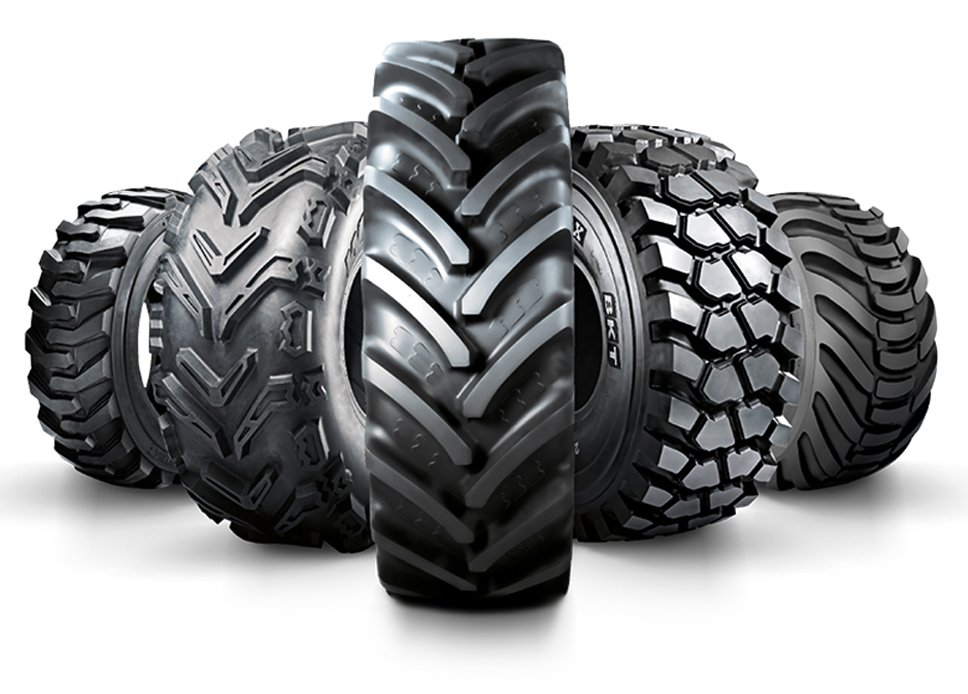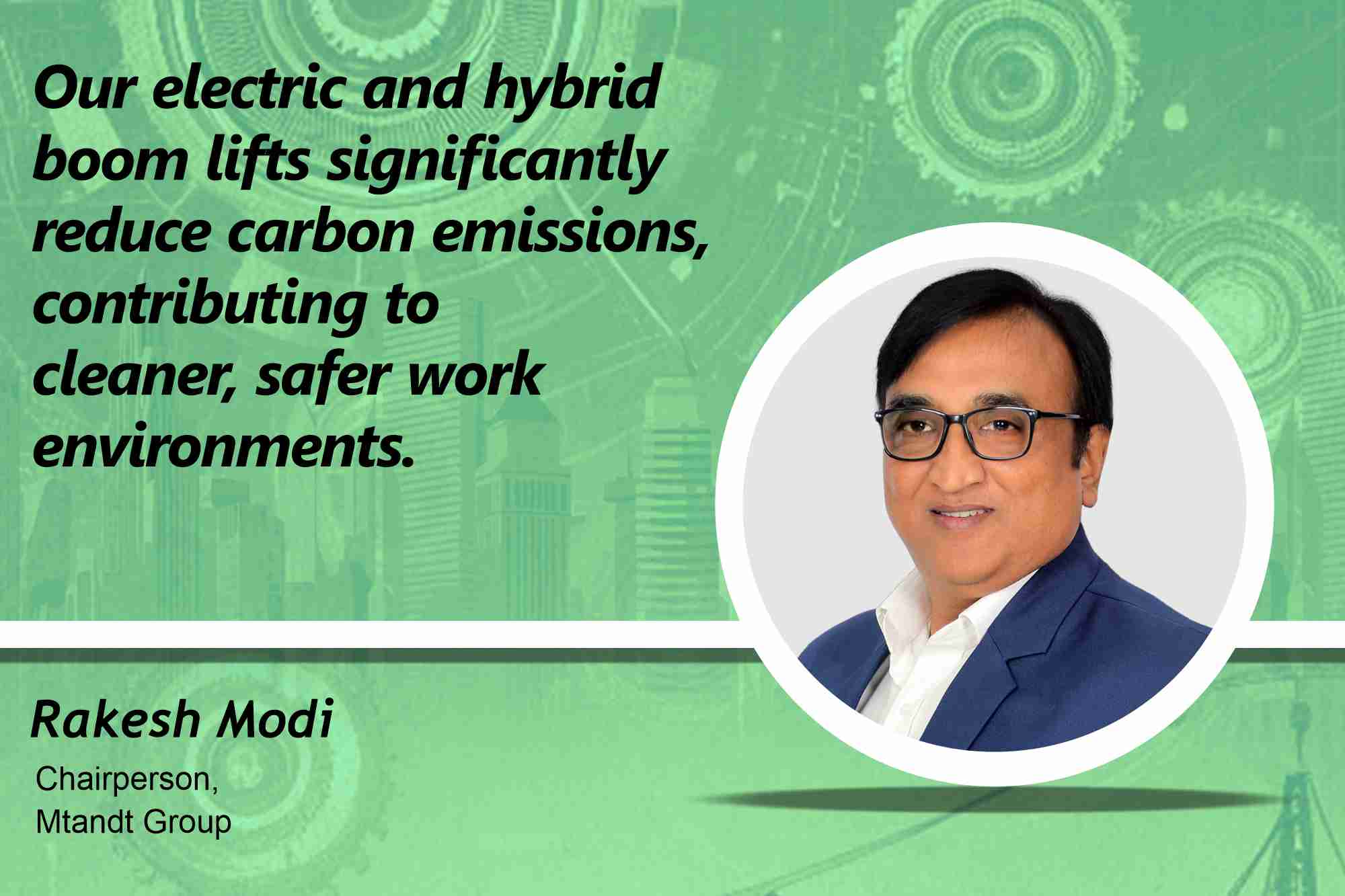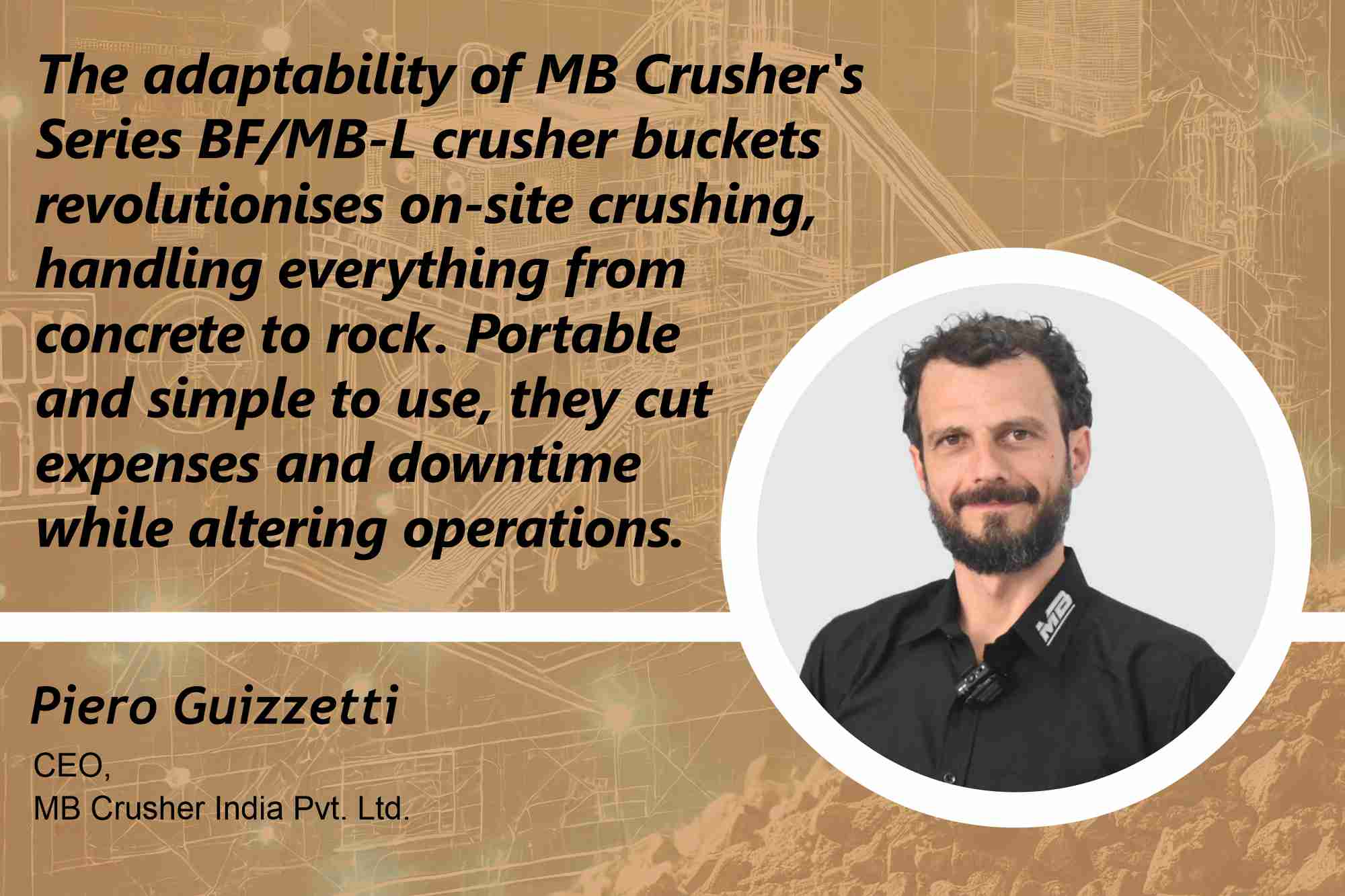Light weight concrete reduces cost and time
By Edit Team | January 30, 2016 5:47 am SHARE

We need to shrug off the ancient technologies and look for implementation of newer technologies, which are being used in developed countries.
Light weight concrete is the need of the hour as it reduces the cost and time for construction as one could eliminate the block work and cast walls directly of the density and specification required for a particular location in a structure. With the use of flyash one could also benefit by getting a green project certification. But this technology and the methodology need to be implemented on a large scale and in projects of all sizes.
According to Rakesh Sharma, Managing Director, Sai-Ansh Engineers Pvt Ltd, “We need to shrug off the ancient technologies and look for implementation of newer technologies, which are being used in developed countries for decades now. We need designers, architects, companies and contractors to be the first one to use rather than a follower.”
He observes, “Technologies are available, but sadly not being implemented, as people still believe in “why risk” policy rather than adopting it as it is being done for decades in developed countries.”
Incorporating technology
Talking about incorporating technology, Sharma says, “We have developed foam concrete plant which can mix slurry, charge it with foam from an in-built foam generator and also pump the mixed foam concrete at the pour point thereby eliminating the need to carry ready foam concrete in wheel barrows or buckets.”
Latest innovation
Foam concrete plant with integrated system of foam generator and pump, is a medium sized plant. It can be pumped to a height of 20 metres and horizontally to a length of 150 metres; with this layout foam concrete walls can be easily cast. It can also be laid on terrace and other floors to get benefit of thermal and acoustic insulation, with all the other benefits of foam concrete.
Foam concrete, pumped could also be used to make lower density sandwich panels and has already been proved to have great thermal and acoustic insulation properties. “The speciality of our plant is that the density of the foam concrete can be adjusted online, so that the concrete can be pumped and laid as per requirement at particular locations. The complete plant can be provided by us on the lines of a fully automatic concrete batching plant,” assures Sharma.
The plant is a ready to use plant with the mains to be connected in the control panel after proper levelling of the equipment, and barrels for foaming agent and water to be provided. The plant consists of three sections:
• Mixer: Cement sand or flyash and water are charged as per the mix design established for the required density. It is recommended that bags of cement or sand or flyash are kept ready duly weighed as per the mix design, so that there is no or very little time lag between the time the batch is consumed and mixer is refilled. The level in the mixer has to be always maintained at 1/3rd of the capacity.
• Foam generator: Inlet pipe with a strainer provided with the plant has to be just put in the barrel containing diluted foaming agent. This diluted liquid is automatically pumped into the system and with compressed air the foam is generated. The test foam can be taken from the bypass line provided and ensured that it has the required parameters before it is changed to supply in the system.
• Pumping: Cement slurry is sucked and discharged into a chamber where the foam generated is also pumped into this chamber. This foam is injected into the cement slurry while it passes through the chamber. We get ready foam concrete at the other end of the chamber. Discharge pipe is connected at the end of this chamber and the discharged foam concrete can be poured in the moulds or site as the case may be.
Cookie Consent
We use cookies to personalize your experience. By continuing to visit this website you agree to our Terms & Conditions, Privacy Policy and Cookie Policy.
























































